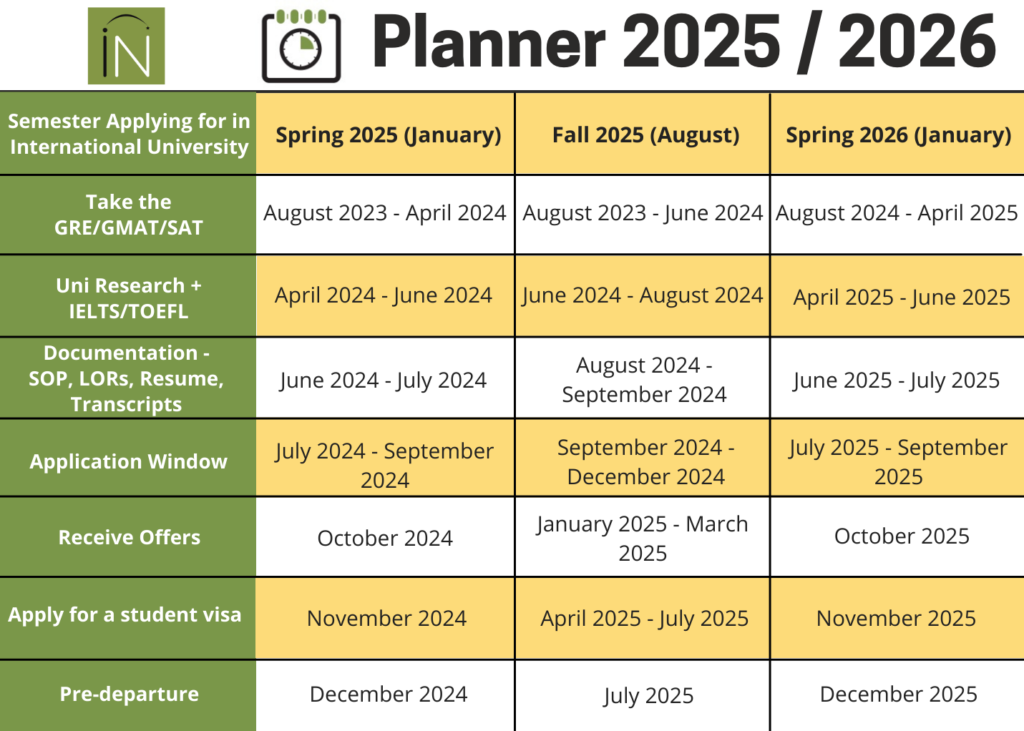Sometimes, getting an intended GMAT score can be a nerve-wracking experience for a test taker. But with a concrete plan, this daunting task can become smooth sailing. Follow these 5 points to help you get your desired GMAT score.
1. Know your target and the current score
The GMAT score nowadays is accepted for various programs, such as a master of business administration, a master in management, a master in finance, a master in marketing, a PhD in management, etc. Consider the type of program, the university, and the rest of your profile to estimate the required GMAT score. If you are unsure of your required GMAT score, it is good to connect with experts who can guide you. If you know your target score, you can channelize your energy to have that score.
In addition to knowing your required score, you should also know your GMAT score at that point in time. To know your current level of GMAT, you must take at least one mock. It will also help you know the gap between your desired score and the current score. To find your current GMAT score, we recommend that you take an official test or a test that is close to the official test. You must simulate the testing environment and attempt all 4 sections of the test.
Through this mock, you can also understand the test format, number of sections and questions, scoring and computer-adaptive nature of the test.
2. Create a study plan
Once you know your strengths and weaknesses, and the gap you need to bridge, create a personalized study plan. Each program has a specific application deadline so you must incorporate a timeline. The bigger is the gap between your target score and your current score, the higher is the preparation time.
You must consider each section and sub-section of GMAT exam while creating your study plan. Your study plan must be on a granular level, for example, I need to focus on Critical Reasoning Assumption questions in 7 days and I will refer to xyz book and solve 20 questions in a day, etc.
Follow your study plan religiously, review each question, and maintain an error log. You can analyze your error logs and adjust your study plan on a weekly basis.
3. Master the GMAT concepts
You need to master concepts you are weak in. For example, if your Critical Reasoning skill is not up to mark, you must understand the concepts used to answer these questions. You must apply these concepts while solving questions.
To learn concepts, you can refer to any good publisher’s book, but to solve questions stick only to official questions.
Don’t think of timing during this stage. You will not come across the same question on the actual GMAT, so try to master the concepts so that you can apply them to any questions in the real test.
4. Understand the nature of the test
The GMAT is a Question Level Adaptive Test. The first question you receive in either the Verbal or Quantitative sections will be of medium difficulty. As you answer each question, the computer scores your answer and uses it as well as your responses to any preceding question to select the next question. If you answer the first question correctly, the computer will usually give you a harder question. If you answer the first question incorrectly, your next question will be easier. This process continues until you complete the section, using responses to all previously answered questions, at which point the computer will have an accurate assessment of your ability in that subject. You will not be able to skip, return to, or change your answers to questions. You should understand the basics of this nature of the GMAT and use it to your advantage.
5. Get used to the test
You need to get accustomed to solving questions on a computer screen. You may need additional skills if you are not used to solving questions on a computer screen. For example, underlining a word or a sentence or marking a particular answer choice cannot be performed on the GMAT computer screen. Therefore, you need to start using a scratch pad and a pen that are provided to a test-taker in the testing center during the actual test.
Moreover, solving all questions of a section in the stipulated time needs command on conceptual skills and regular practice. The GMAT heavily penalizes a test-taker if he doesn’t complete the VR and the QR section of the test. So you must take at least 12-15 full-length practice tests before your actual GMAT exam. You need to exploit your strengths during the actual exam.
A word of advice here is that you should never try to make the last moment changes in your strategies and go to the test center with a high score expectation. Be realistic and composed while taking the test. Your score can be higher than those of mocks if you follow the above advice.
Finally, you cannot crack GMAT by studying and solving umpteen questions. A well-designed plan and fair guidance can help you get the magic score which scores of GMAT test-takers are aspiring to have.
Best of luck!


